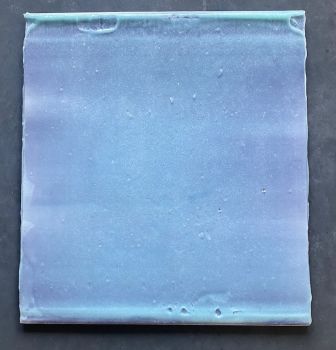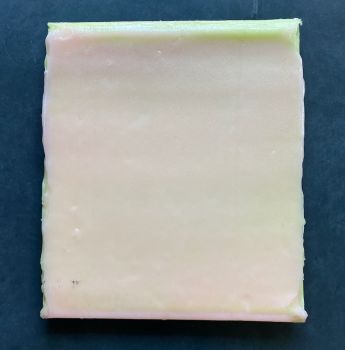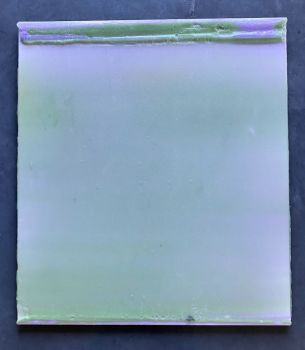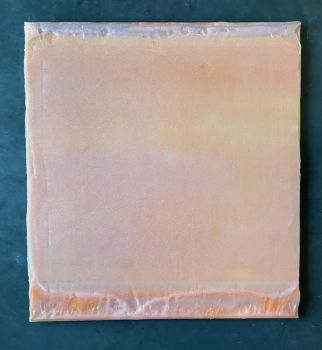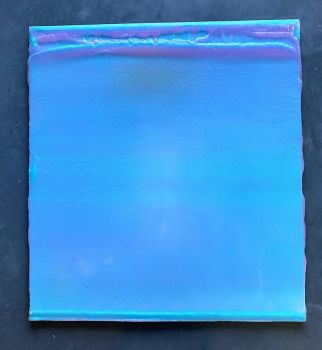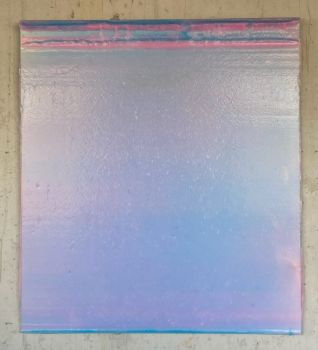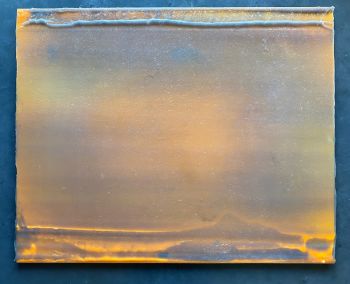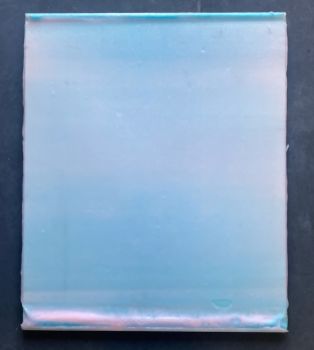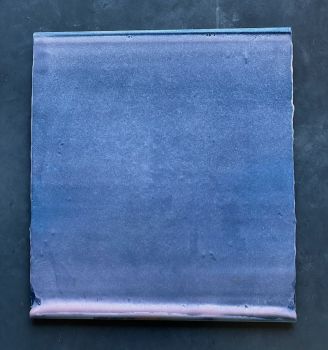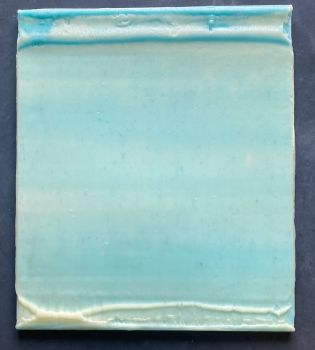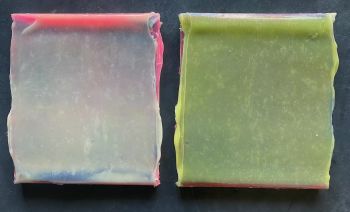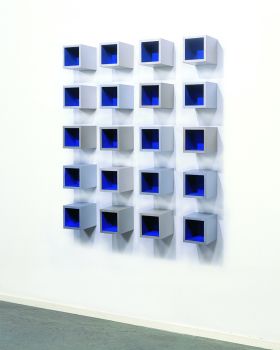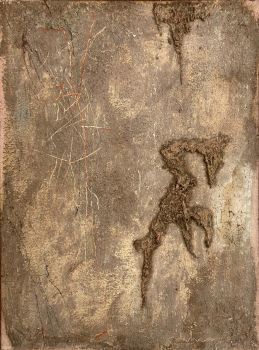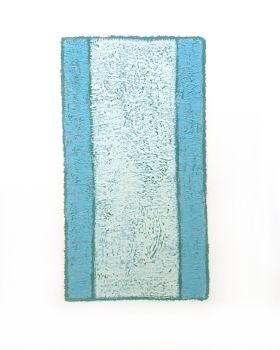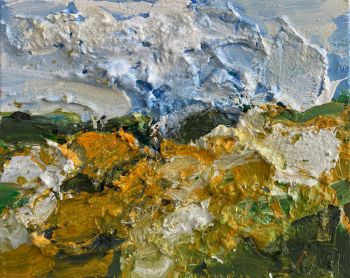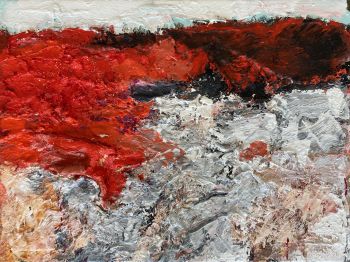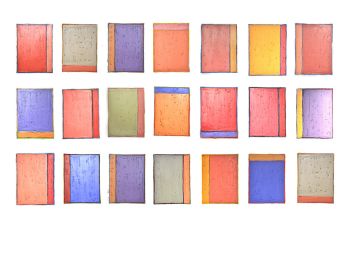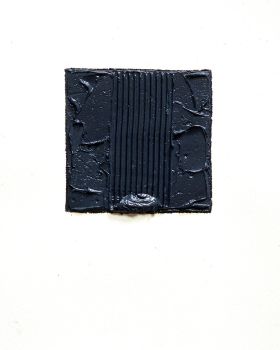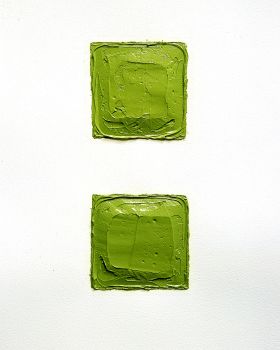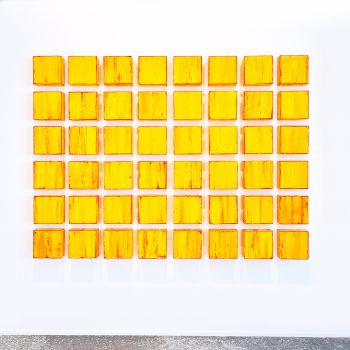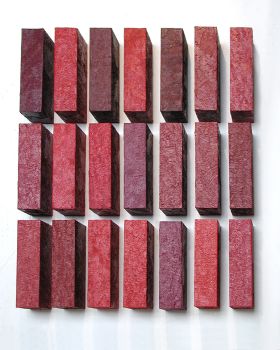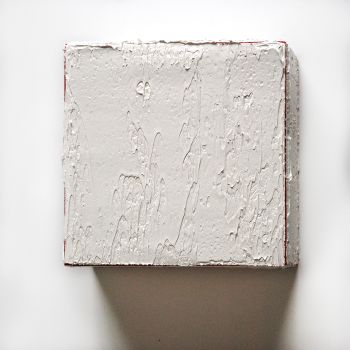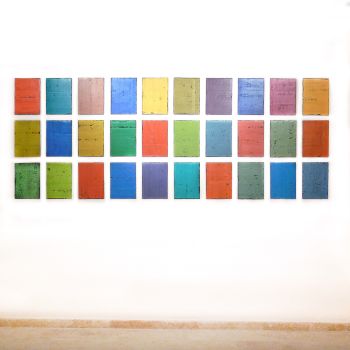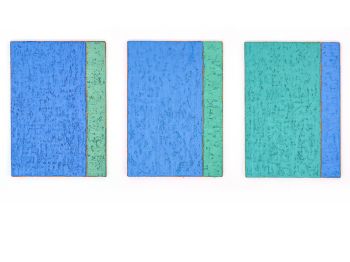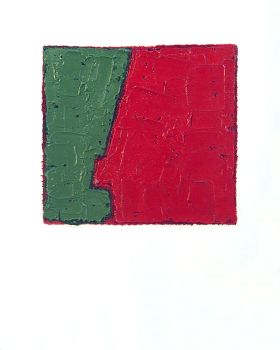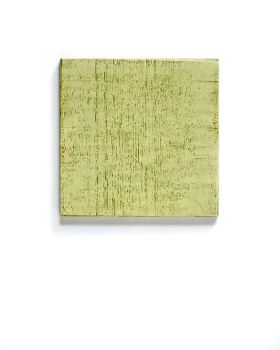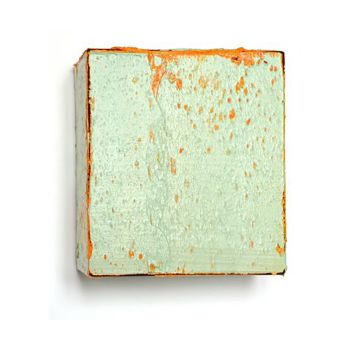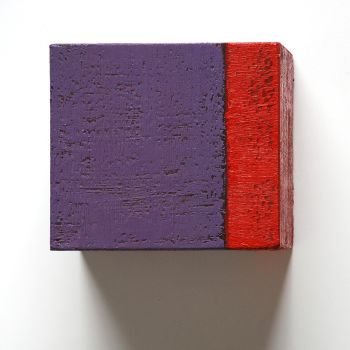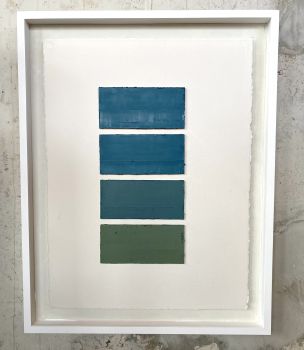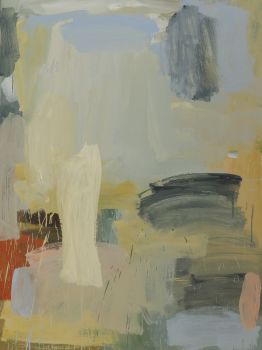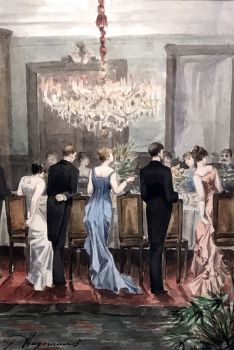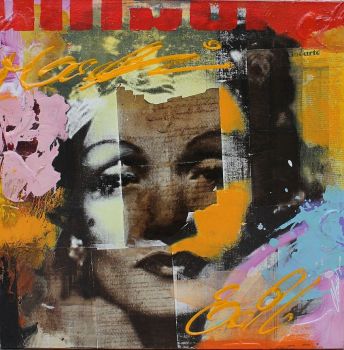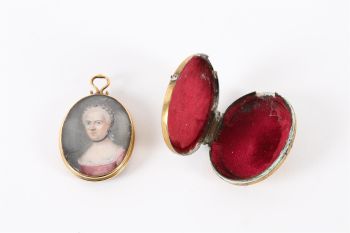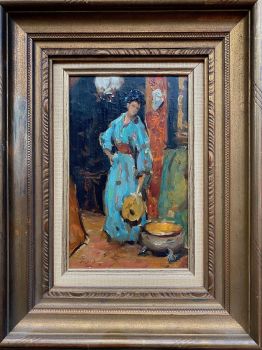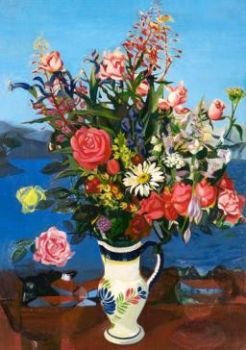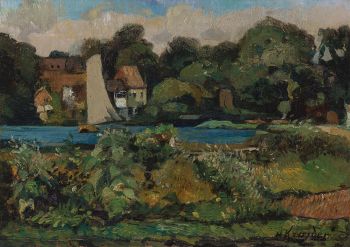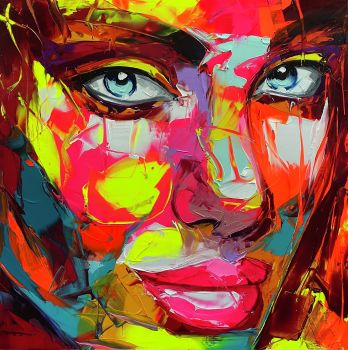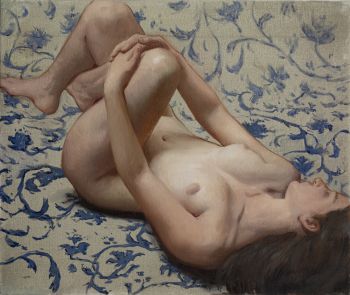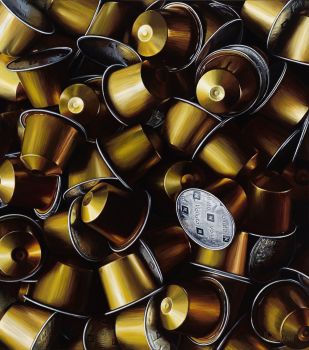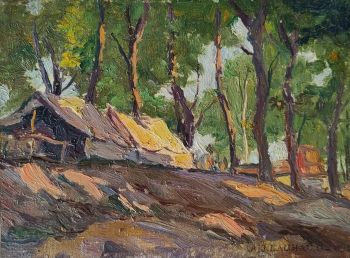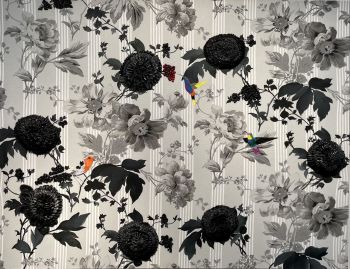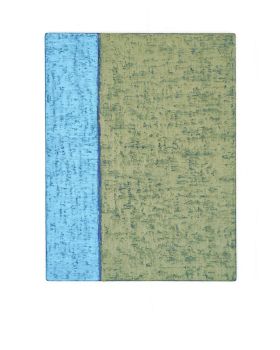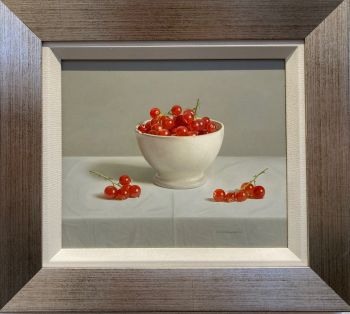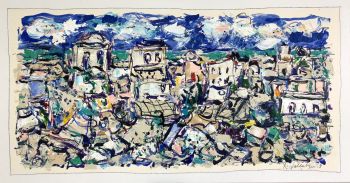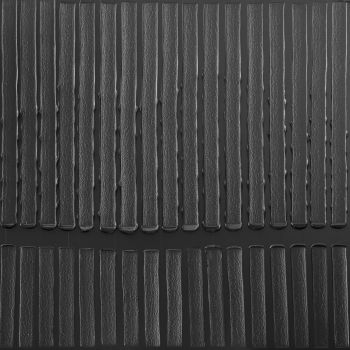About the artist
In an interview with artist Frank Piasta, the influence of his teachers, Gotthard Graubner and Kuno Gonschior, on his artistic journey is discussed. While Graubner's focus on color and the interplay of material and immaterial aspects in his work is evident, Piasta emphasizes the continuation of a certain artistic tradition. He sees his art as a part of "radical modernism" and an ongoing exploration of the history of artistic experimentation.
The conversation delves into Piasta's material choices, particularly his use of silicone. He describes how he arrived at using silicone as a medium for his art, highlighting the material's unique properties of fluidity and opacity. Piasta's work often blurs the line between the tangible and the intangible, creating a tension that attracts and sometimes repels viewers.
Piasta's artistic process is characterized by the controlled chance and the physical act of spreading and structuring paint. His work often challenges traditional notions of painting, and he does not consider himself confined to the label of a painter. He prioritizes the process over predetermined plans, allowing the paintings to evolve organically.
The layering of silicone in Piasta's work obscures the exact determination of color, leading to an illusionary spatial vagueness. This effect sometimes evokes a sense of landscape in his paintings, drawing on European painting traditions. Piasta also discusses the influence of American artists who reject tradition and the creative tension that arises from their differing approaches.
Blur and the aesthetics of the blurred image are crucial to Piasta's work. He intentionally creates transitions that challenge the viewer's perception, encouraging self-reflection and a search for new viewpoints. The blurriness in his work serves as a provocative tool to stimulate thought and questioning within the viewer, rather than a means of revealing inner selves.
Overall, Frank Piasta's art represents a continuation of artistic traditions while pushing the boundaries of painting and perception, emphasizing the interplay between material and immaterial, as well as the controlled chance in his creative process.

